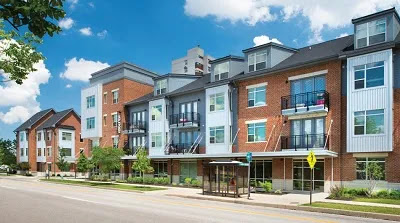THE GOOD, BAD AND HOPEFUL ASPECTS
OF THE CENTURY-OLD TOOL THAT DETERMINES
EVERYTHING ABOUT THE PLACES WE LIVE, WORK AND PLAY
The U.S. Supreme Court upheld the right of municipalities to impose zoning, via the 1926 Village of Euclid, Ohio vs. Ambler Realty case.
Even that landmark case cast aspersions on affordable
housing, when Supreme Court Justice George Sutherland wrote “very often the
apartment house is a mere parasite” on a neighborhood.
“Think of zoning as rationalizing where things go and protecting people from truly noxious uses.
Today, it might be hard for people to remember how dirty factories were,” David Morley, AICP, American Planning Association’s research program and QA manager, said.
“Zoning descended from nuisance laws where cities said a slaughterhouse cannot be X number of feet from residences.
They also grew to control separation between buildings, or building heights — to protect health, safety and welfare.
But the concept of public welfare
quickly got redefined as schemes for keeping land values high.”

No comments:
Post a Comment